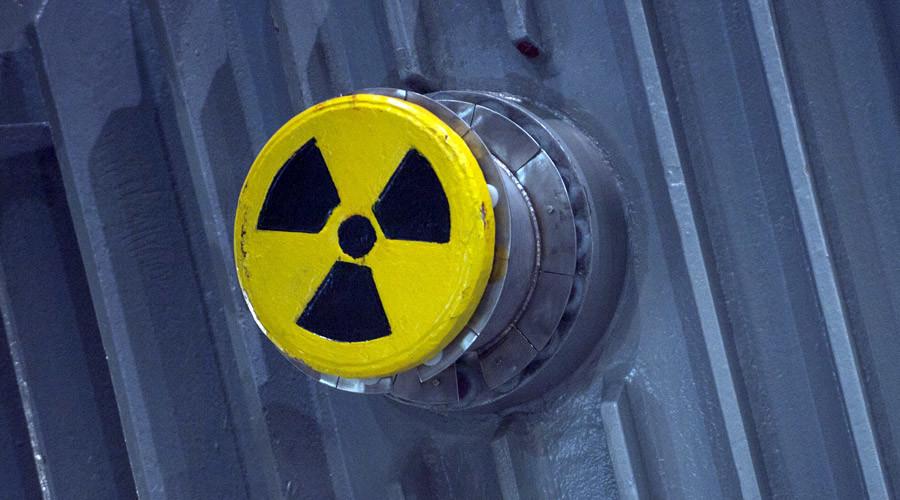Radioactive materials spreading from St. Louis landfill – report

©
West Lake Landfill / Facebook
Dangerous
radioactive materials from a nuclear waste dump near St. Louis,
Missouri have spread to neighboring areas, a new study shows. Storm
water runoff from the site has also raised concerns and is being
tested for radioactive pollution.
According
to a peer-reviewed study
just published in
the Journal of Environmental Radioactivity, there is “strong
evidence”that
radon gas and water emanating from the West Lake Landfill are
responsible for the anomalous levels of a lead isotope (210Pb),
created by radioactive decay, in the surrounding area.
Just
northwest of the St. Louis International Airport, the West Lake
Landfill is a repository of nuclear waste from the Manhattan Project,
the WW2 effort to create the atomic bomb. The area was declared an
Environmental Protection Agency (EPA) Superfund site in 1990, but the
federal government is still deciding how to clean up the waste.
After
analyzing nearly 300 soil samples from a 200-square-kilometer zone
surrounding West Lake, the report’s authors concluded that “offsite
migration of radiological contaminants from Manhattan Project-era
uranium processing wastes has occurred in this populated area.”
“The
stuff we're talking about at West Lake is hotter than what you would
find in a typical uranium mill tailings operation,” said
Bob Alvarez, one of the authors, in an interview on Tuesday.
The
study compared the levels of Lead-210 from 287 sample sites in the
area to the baseline established by the US Department of Energy at
the Fernald, Ohio uranium plant, which handled and stored the same
concentrated nuclear waste from the Manhattan Project.
In
48 percent of the samples, concentrations of the isotope were“above
the risk-based soil cleanup limits for residential farming,”according
to the study.
Moreover,
the levels of Lead-210 were not in equilibrium with other isotopes in
the radioactive decay series, suggesting that its origin was in
the “short-lived,
fugitive radon gas that escaped the landfill,”the
study says.
A
2013 report found that West Lake had the largest estimated amount of
Thorium-230, “a
long-lived, highly radiotoxic element,” more
than any other nuclear weapons storage or disposal site in the US.
Pollution
from the landfill has already been blamed for a sharp increase in the
number of cancer cases in the surrounding areas. There are concerns
that storm runoff from the toxic waste dump may be carrying
radioactive materials into the Missouri river, upstream from the
municipal intake for the area’s drinking water supply.
Another
cause for alarm is the underground fire burning for several years at
the nearby Bridgeton Landfill, just 1000 feet apart. Depending on the
extent of the runoff from West Lake, radioactive materials may have
already been released by the fire, though EPA and the landfill
management have denied the possibility.
St. Louis plans for disaster in case landfill fire hits nuclear waste dump
http://on.rt.com/6tf1
In
October, local authorities made public an emergency plan drafted in
2014 in case the “sub-surface
smoldering event” at
Bridgeton reached the West Lake landfill. County Executive
Steve Stenger assured the public that the plan was “not
an indication of any imminent danger” and
that the procedures in the document were merely a precaution.





 RT America
RT America









No comments:
Post a Comment
Note: only a member of this blog may post a comment.